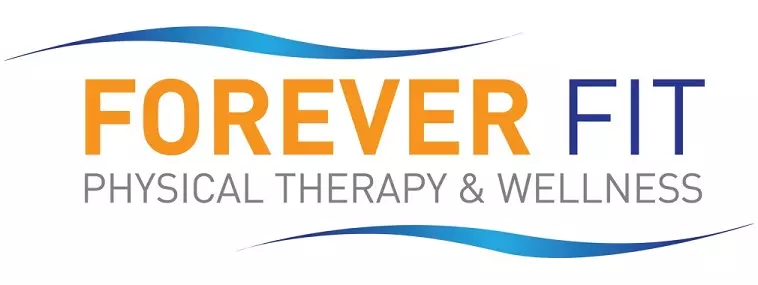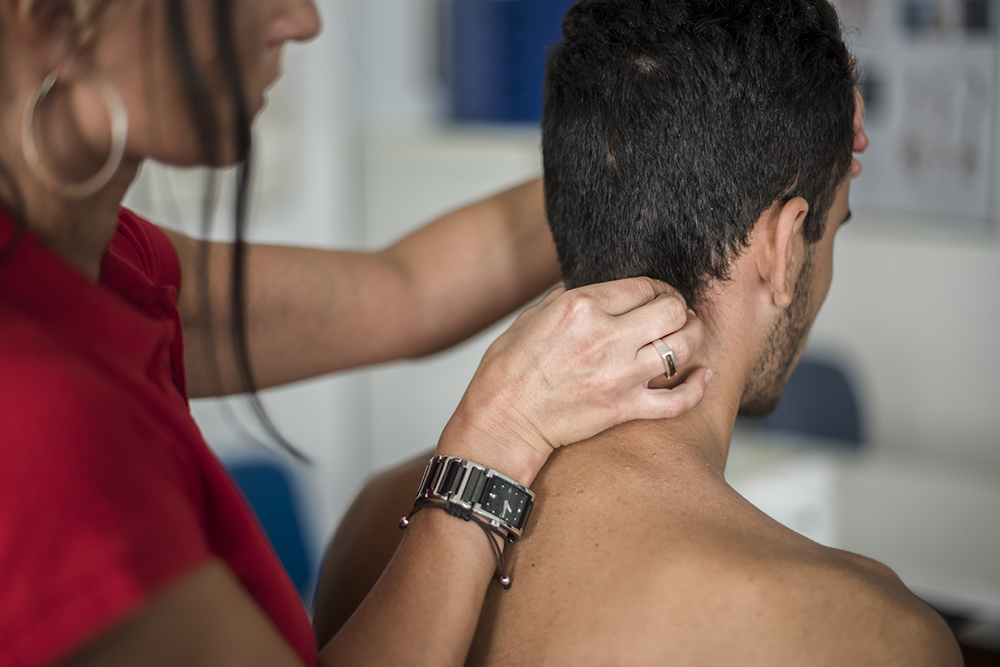It can be a disconcerting and uncomfortable experience when pain strikes the back of your head and the base of your skull. Occasional headaches are common and usually are triggered by stress, fatigue or even muscle tension. These are usually nothing more than an inconvenience. However, having persistent pain in the back of your head at the base of your skull could be a sign that there is an underlying health issue that needs attention.
Potential causes of pain in the back of your head at the base of your skull
Several conditions could be the culprit behind the pain in the back of your head at the base of your skull, including:
- Tension headaches — Tension headaches are common, with approximately 70% of people having episodic tension headaches. These headaches are usually triggered by stress, poor posture, or muscle tension in your neck and shoulders.
- Migraines — Migraines are debilitating headaches that affect more than 10% of people globally. Occipital migraines can cause pain specifically in the back of your head near the base of your skull. Migraines can be accompanied by nausea and sensitivity to light and sound.
- Cervical spondylosis — Cervical spondylosis is arthritis in the neck. It is caused by the degeneration of the cervical spine joints. It can cause stiffness, pain and a limited range of motion. Bone spurs can develop and irritate nearby nerves and tissue.
- Cluster headaches — Cluster headaches are headaches that happen in a cyclical pattern or cluster. They can last from around 15 minutes to several hours. They can be triggered by drinking alcohol, weather changes, or certain medicines.
- Hypertension — Hypertension, or high blood pressure, is a common condition that affects almost half of the world’s adults. If this condition is uncontrolled, it can cause headaches due to the strain it can place on blood vessels in the brain. In severe cases, hypertension headaches accompanied by a high blood pressure reading can be a signal of a potential stroke.
- Temporomandibular joint (TMJ) disorders — TMJ disorders affect the jaw and muscles that help move the jaw. Grinding your teeth, clenching your jaw or jaw misalignment can contribute to TMJ-related pain that can also trigger pain at the base of your skull.
- Posture-related strain — Bad posture habits, especially when using electronic devices for extended periods, can cause strain to neck muscles. “Text neck” is a condition that can be caused by looking down at smartphones or tablets for long periods of time, which can cause you to develop significant tension in the muscles at the base of your skull.
- Cervicogenic headaches — Cervicogenic headaches start in the cervical spine or neck region. They can be triggered by activities that strain the neck, like prolonged computer use or poor sleeping positions.
- Infections — Certain infections, like meningitis or occipital bone infections, can cause pain at the base of your skull. Both infections are rare. If you suspect you may have meningitis, seek medical attention immediately.
- Occipital neuralgia — Occipital neuralgia is a rare condition that involves inflammation or irritation of the occipital nerves. It can be a result of trauma, pinched nerves or other underlying medical conditions.
How can physical therapy help?
Physical therapy can be a beneficial component in helping manage or alleviate pain in the back of your head at the base of your skull. A skilled physical therapist will evaluate your specific condition and concerns to develop a personalized treatment plan. Techniques that can help address conditions behind your pain can include:
- Manual therapy — Your physical therapist may use manual therapy to help alleviate your pain. These hands-on techniques can include soft tissue mobilization, myofascial release, trigger point therapy and cervical spine mobilization. Each of these methods is intended to help by releasing muscle tension, improving circulation, reducing inflammation or restoring normal movement patterns. By using these techniques, your physical therapist can help promote muscle relaxation, decrease your pain, and improve your overall neck and head function. Manual therapy can provide relief from a variety of headache types and issues related to musculoskeletal imbalances.
- Dry needling — Dry needling is a technique your physical therapist may use to help release tension and alleviate pain caused by certain types of headaches, cervical spondylosis or TMJ disorders. Your physical therapist will insert thin, sterile needles into specific trigger points in the muscles of the affected area. These needles help deactivate these trouble spots and promote muscle relaxation. It can lead to reduced muscle tension, improved circulation and pain relief.
- Graston Technique® — The Graston Technique can be an effective treatment for certain kinds of headaches and muscle strains due to poor posture. Your physical therapist will use specially designed stainless steel tools to detect and treat soft tissue restrictions. This is done by applying controlled pressure and friction to the targeted areas like your neck and shoulders. This pressure and friction can help release muscle tension and improve circulation to help promote tissue healing and pain relief. It can also help improve flexibility and range of motion by addressing underlying biomechanical issues that may also be contributing to neck and head discomfort.
- Vestibular rehabilitation — In addition to pain in the back of your head and base of your skull caused by migraines, you may also experience dizziness, vertigo and imbalances. Your physical therapist will guide you through tailored exercises to help retrain your brain to adapt to vestibular challenges and reduce migraine-related symptoms.
Forever Fit Physical Therapy & Wellness can address the pain in the back of your head at the base of your skull
At Forever Fit Physical Therapy & Wellness, we are committed to providing you with compassionate and personalized care. Our team of skilled physical therapists understands the complexities of the muscles, tendons, ligaments, bones and nerves that make up the neck, shoulder and head area and can help uncover the underlying cause of the pain you’re experiencing. Under our guidance through a customized treatment plan, we can help alleviate your discomfort, improve your mobility, and help you reclaim the quality of life that’s hindered by the pain in the back of your head and the base of your skull.
Contact our team today for more information or to schedule an initial appointment.

